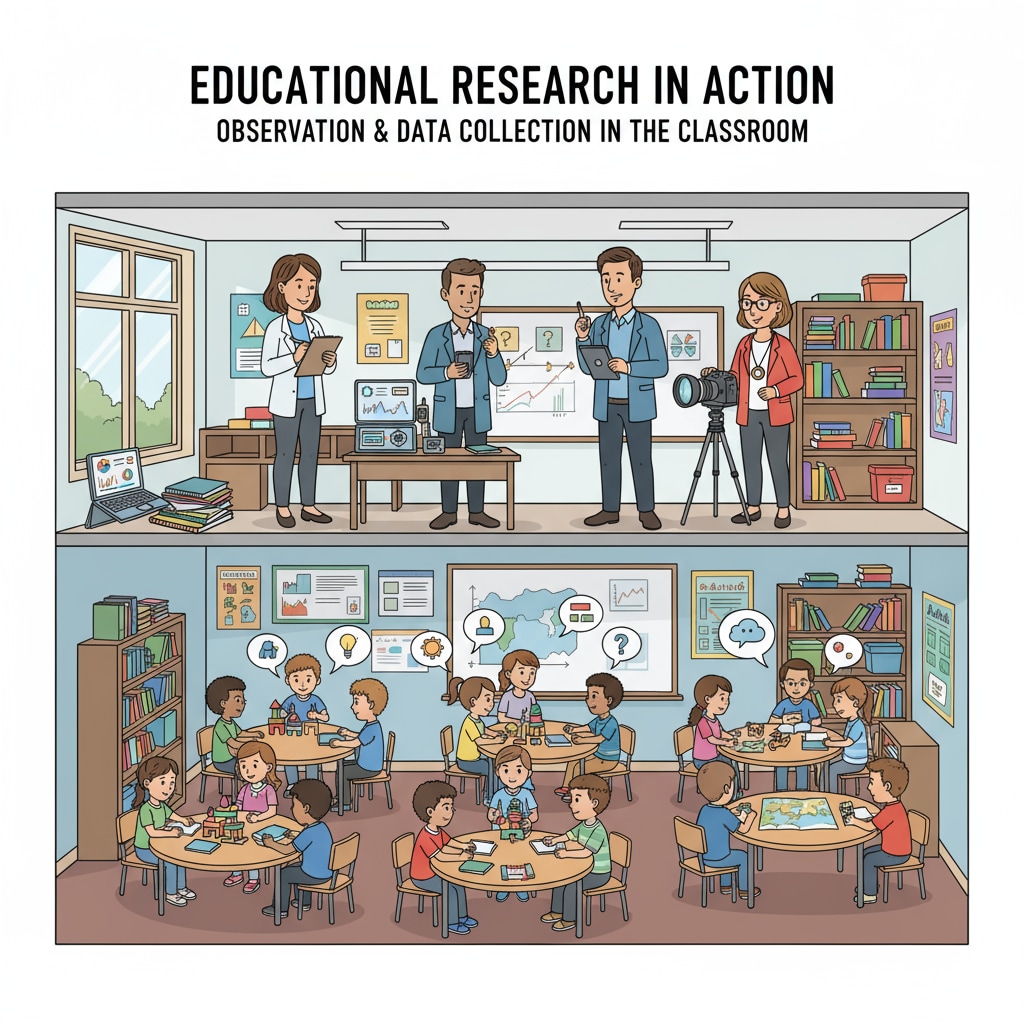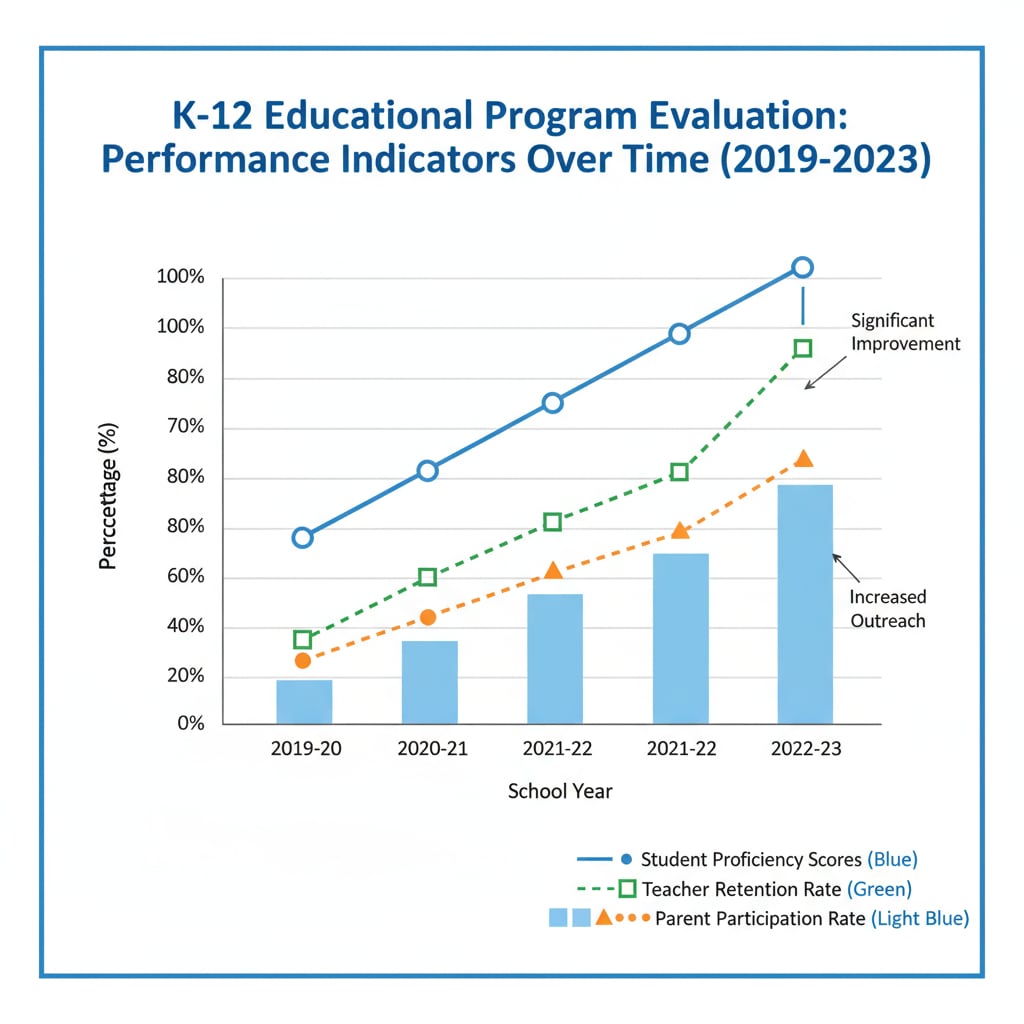Research, evaluation, social inequality, and education are intertwined aspects that play a significant role in the development of society, especially in the context of K12 education. In the K12 education system, the concepts of research and evaluation are like two wings of a bird, enabling efforts to eliminate social inequality. Understanding their similarities, differences, and how they complement each other is essential for educational progress.
The Nature of Research in K12 Education
Research in K12 education is a systematic process of inquiry. It aims to discover new knowledge, understand educational phenomena, and identify effective teaching and learning strategies. For example, researchers might study how different teaching methods impact students from disadvantaged backgrounds. By conducting in-depth studies, they can uncover factors that contribute to educational gaps. Educational research on Wikipedia provides a comprehensive overview of different research methods and their applications in the educational field.

The Role of Evaluation in K12 Education
Evaluation, on the other hand, focuses on assessing the effectiveness of educational programs, policies, and practices. It helps determine whether the goals set in education are being achieved. For instance, an evaluation might measure the academic performance improvement of students after the implementation of a new curriculum. This feedback is crucial for making informed decisions about educational improvements. Evaluation in education on Britannica offers insights into different evaluation models and their significance.

Although research and evaluation have distinct focuses, they are complementary. Research can provide the theoretical basis for evaluation, suggesting what aspects to measure. Evaluation, in turn, can inform research by highlighting areas that need further investigation. Together, they form a powerful toolset for addressing social inequality in K12 education.
To effectively use research and evaluation to combat social inequality, educators can follow a strategic framework. First, research can identify the root causes of educational disparities among different social groups. Then, evaluation can be used to test interventions designed to bridge these gaps. By continuously cycling between research and evaluation, educators can refine their approaches and make a positive impact on students’ educational experiences.
Readability guidance: The key points in this article include understanding the nature of research and evaluation in K12 education, their complementary relationship, and how they can be used to address social inequality. Short paragraphs and clear headings are used to enhance readability. Transition words like “however,” “on the other hand,” and “in turn” are employed to connect ideas smoothly.


